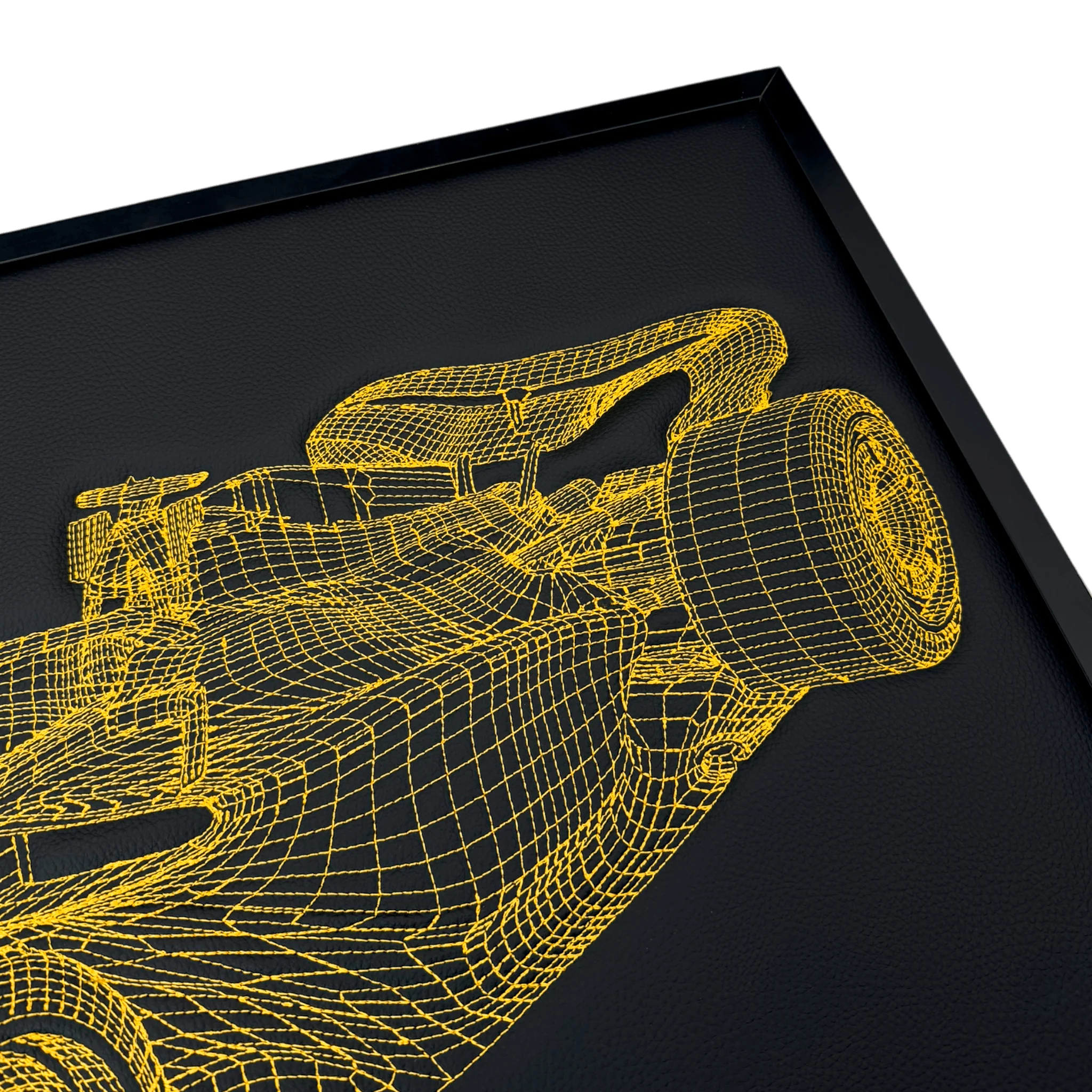Repairing a BMW engine can be a complex process that requires specialized tools and knowledge. Here are some steps that may be taken to repair a BMW engine:
-
Diagnose the issue with the engine. This may involve using a diagnostic tool to read fault codes, performing visual inspections, or performing test drives to identify any problems.
-
Repair or replace any faulty components in the engine. This may include the spark plugs, ignition coils, fuel injectors, or other components.
-
If the engine has suffered major damage, it may be necessary to perform a rebuild. This involves disassembling the engine, replacing any damaged or worn components, and reassembling the engine.
-
After the repairs are completed, it may be necessary to reset the engine's control module and perform a road test to ensure the engine is functioning properly.
Note: It is important to use only genuine OEM (original equipment manufacturer) parts when repairing a BMW engine to ensure proper operation and compliance with the manufacturer's warranty. It is also recommended to seek the assistance of a professional mechanic if you are not experienced in repairing engines.














